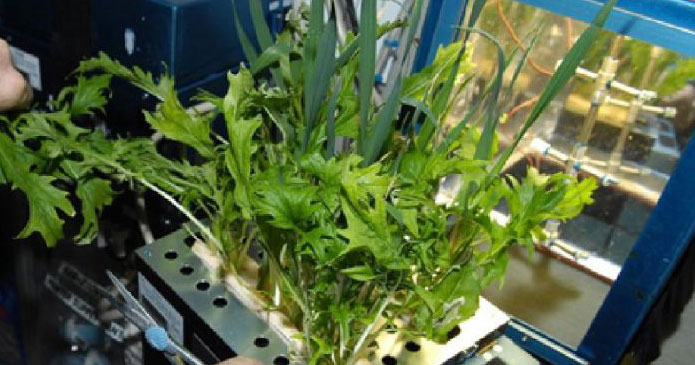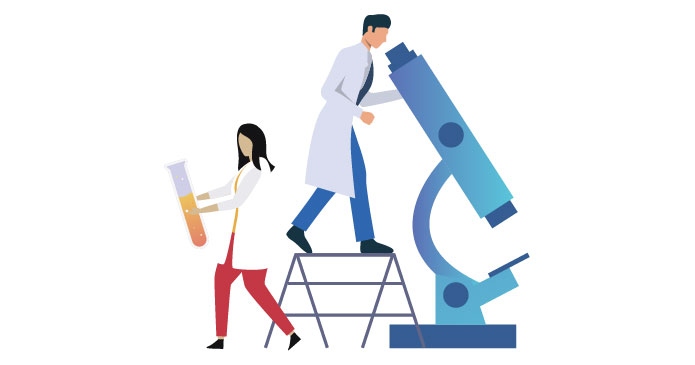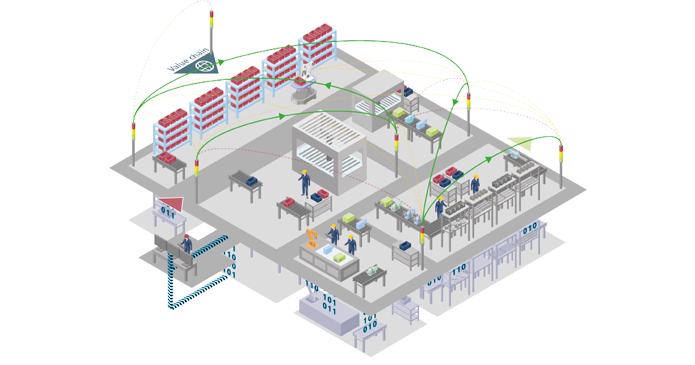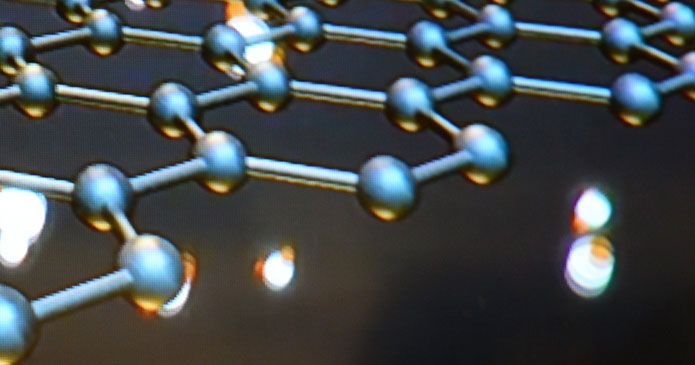Space
The goal of the project was to design a full Plant Characterization Unit (PCU) chamber with a completely sealed environment for the plants and roots. The designed plant control unit inherited the know-how from two previous projects, HySSE and AtSSE.
The objective of the Plant Characterization Unit was to allow scientists to fully characterize plant growth parameters, in order to measure these plant growth parameters, from the minerals of the nutrient solution to the spectral light of the LED system, in order to understand how plants could become an alternative life support system for astronauts in space, producing oxygen and water.
The PACMAN unique facility was conceived as an environmentally controlled and leak-proof system for scientific studies on various crops. Among others, detailed studies on water transfer in-within-out the plant are enabled by allowing discrimination of aerial zone and root zone.
EnginSoft has accumulated extensive experience in this area over the years and was, therefore, selected to participate in one of the MELiSSA consortium’s major challenges and to lead the development of the most advanced plant control unit in existence today. With ESA’s support, EnginSoft coordinated a team of experts from this vertical sector, such as Hosokawa for the watertight seal, CIRIS for the sensors and ODYS for the control system, to ensure the project was a success.
ENGINSOFT SPA, CIRIS, HOSOKAWA MICRON, ODYS, UNIVERSITÀ DEGLI STUDI DI NAPOLI FEDERICO II
Funding Scheme ESA | Call identifier Programme MELiSSA - Micro-Ecological Life Support System Alternative


24 months
October 2018 - 2019
EnginSoft SpA
Lorenzo Bucchieri
5

Some of our competences in research and technology transfer

Research project
The ultimate goal of PREMUROSA project is to train a new generation of scientists with an integrated vision of the whole value chain in musculo-skeletal regeneration technologies and able to boost the necessary innovations to achieve precision principles in developing innovative devices and optimized clinical applications.

Research project
The overall objective of the RaRe2 project is to create a flexible and resilient Holistic Ecosystem Platform powered by the interactions of many European organizations interested in cooperating in the rapid reconfiguration of process chains through collaborative systems and adaptive workforce up-skilling.

Research project
The project aimed to develop an open integrated framework that connects materials models at various levels of complexity, experimental data sets and commercial information (e.g. ingredients and processing costs), so that decision makers can use a wider variety of key performance indicators.